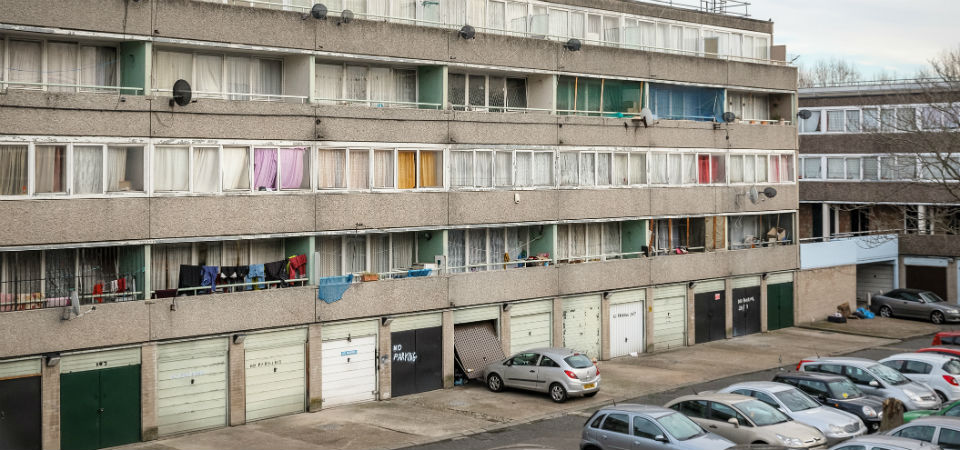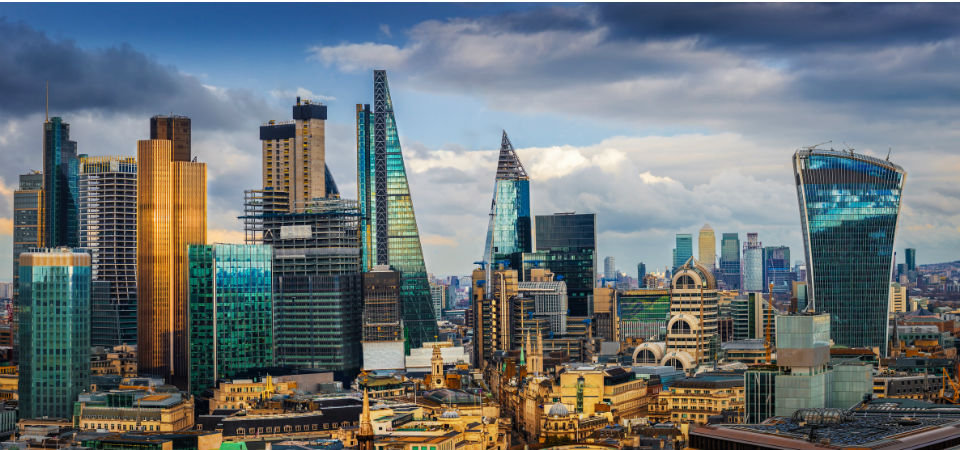Researchers from Loughborough University also found that half of all youngsters who live in the capital are from households which fall below this threshold.
The figures, published today (Wednesday, March 6), are based on the Minimum Income Standard (MIS) set by Loughborough's Centre for Research in Social Policy (CRSP) and funded by the Trust for London.
MIS is the income that people need in order to achieve a minimum socially acceptable standard of living in the UK today.
Researcher Matt Padley, of CRSP, said: “This new research in London, looking at what the public think is needed for a minimum socially acceptable standard of living, reinforces what we have found in our previous research in the capital - principally, that much of life in London is very similar to life in other urban areas of the UK.
“Many everyday needs are the same, but in some key areas substantial differences in the cost of a minimum living standard persist.
"This is particularly true when it comes to housing and childcare, both of which really increase the amount that households need to reach this minimum.
“These higher costs mean that around 40% of Londoners don’t have what they need for a minimum, and that more than half of all children living in the capital are growing up in households who are likely to face difficult decisions about prioritising resources.
“Rising rents and childcare costs, as well as cuts in support, are making meeting a decent living standard far more of a challenge.
“Unless something is done to make housing in the capital genuinely affordable for all, to reduce the cost of good quality childcare and to halt the planned welfare cuts, it is likely that more and more households will not have what they need to meet their minimum needs.”

The London figure is higher compared to the rest of the UK, where 29% of people do meet the criteria of the same minimum living standard.
The standard is calculated by asking what members of the public think about essential goods and services, and those which enable genuine participation in society.
The new report provides an updated cost of a minimum budget, required for a minimum standard of living in Inner and Outer London, such as what is happening to rents, public transport, childcare costs and wages.
This is the fourth in a series of reports.
Findings
- Four in every 10 Londoners (41%) have an income below what is needed to reach a minimum socially acceptable standard of living. This is higher than the 29% below this level in the UK as a whole.
- Many of the costs associated with providing a minimum budget in the capital are like those in other towns and cities in the UK, but in key areas the additional cost of living in London remains substantially above that in the rest of the UK. This is most evident in relation to housing, childcare and transport. These additional costs mean that a minimum standard of living in London costs between 15% and 60% more.
- The cost of renting in the private sector in London remains significantly higher than in other urban areas in the UK. Although there have been some decreases in rents at the cheaper end of the rental market in London, private rents in Inner London increased by around 15% between 2014 and 2018, while rents in Outer London increased by nearly 20%. This compares to an increase of less than 10% in the rest of the UK.
- Childcare costs continue to grow in London and are far higher in the capital than elsewhere in the UK.
- Safety-net benefits for people living in London continue to fall substantially short of meeting minimum needs, providing less than a quarter of a minimum budget for working-age singles and about half for households with children.
- The adequacy of safety-net benefits has deteriorated over time; in 2014 a working-age single on out-of-work benefits could cover 35% of their minimum needs, while in 2018 this support covered only 19% of a minimum budget.
- Just over half of all children living in London (51%) are in households that have incomes below what is needed for a decent minimum standard of living, compared to 43% in the UK. Around two thirds (67%) of children in lone parent households are living below the Minimum Income Standard (MIS).
- Around a third of pensioners living in London have incomes below MIS, compared to 16% for the UK.
- While single working-age adults living in urban areas outside of London and working on the National Living Wage (NLW) have benefited from above inflation increases in the minimum hourly rate, those living in London have seen any gains in earnings more than wiped out through increases in other costs. In the UK outside London, a working-age single, working full-time on the NLW has around 80% of what they need to meet minimum costs; in both Inner and Outer London the same individual has under half of what they need.
- Three-quarters of Londoners within incomes below MIS are living in rented accommodation: 1.3 million in the private rented sector and 1.4 million in social housing.
Download the PDF: MIS London Report
ENDS
